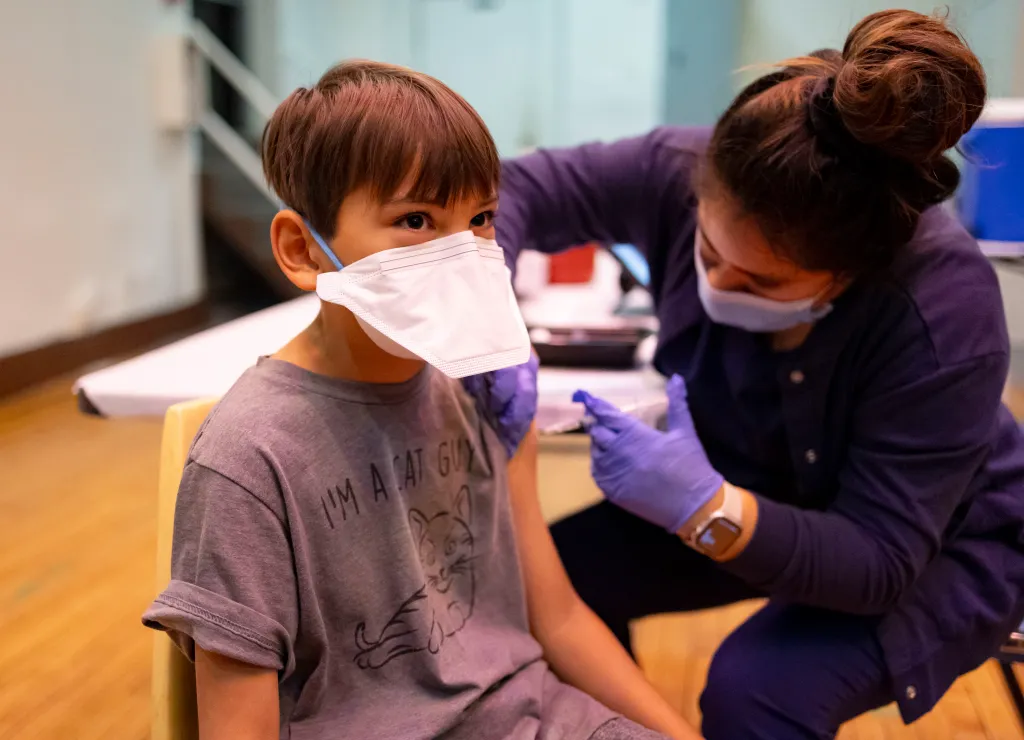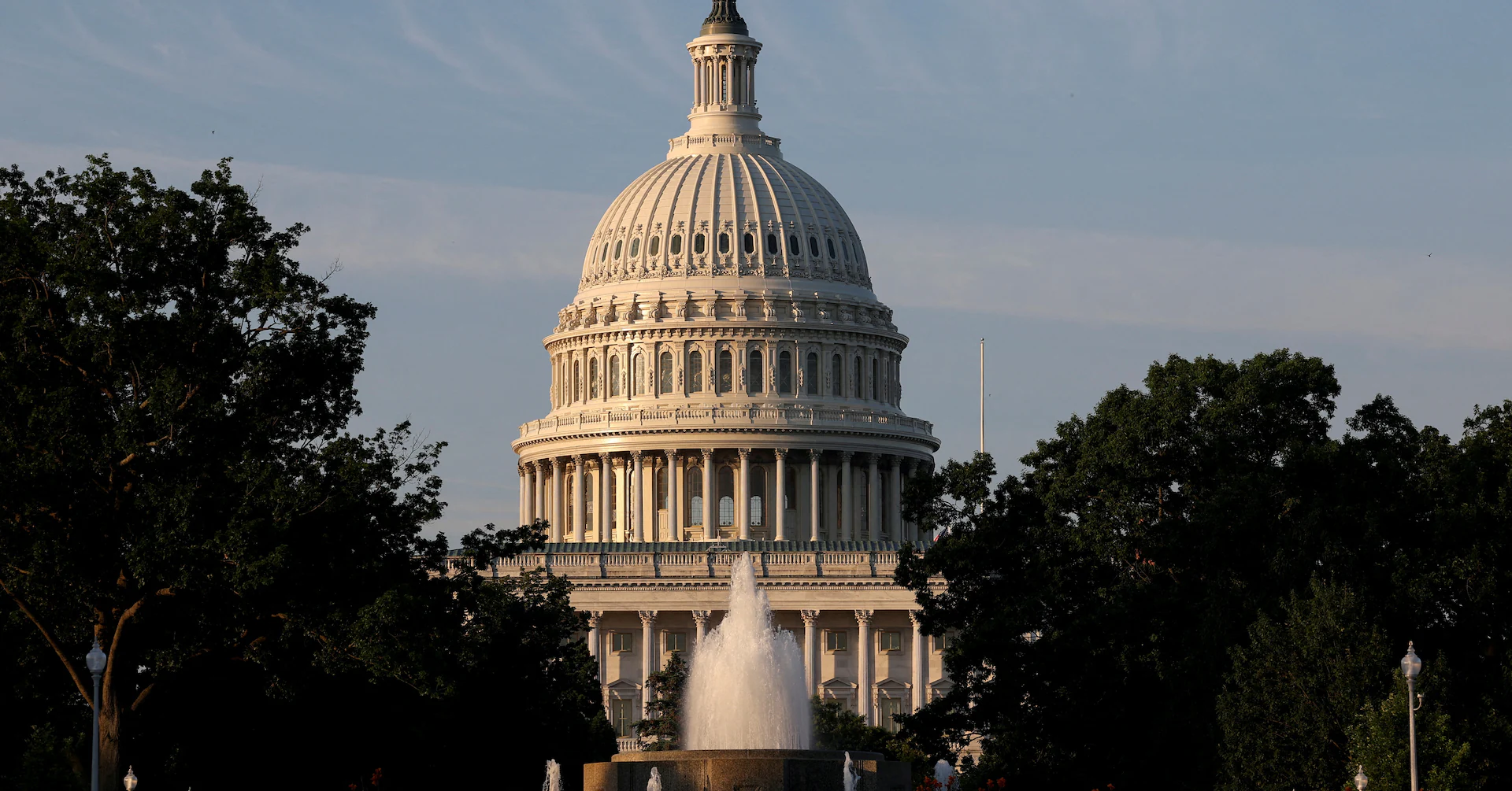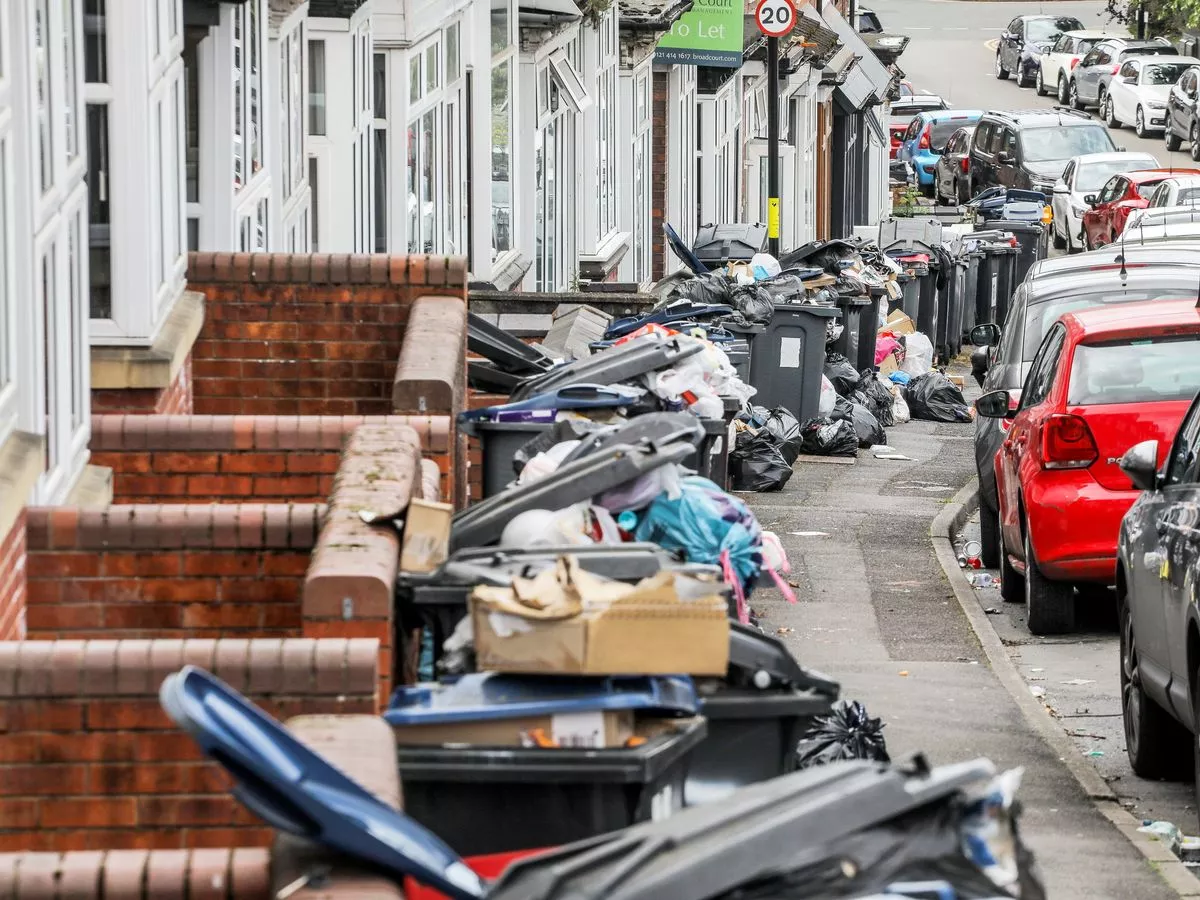
Children are twice as likely to develop long COVID after two COVID-19 infections, compared with children who’ve only had COVID-19 once, according to a new study co-authored by a doctor at Lurie Children’s Hospital.
The results of the study come amid controversy over COVID-19 vaccines, especially for children, with the state and federal governments issuing differing recommendations about who should get the shots.
The study offers one more reason why parents might want to get their kids vaccinated against COVID-19, said Dr. Ravi Jhaveri, head of Pediatric Infectious Diseases at Lurie Children’s Hospital and a co-author of the study, which was published Tuesday in the peer-reviewed journal Lancet Infectious Diseases.
“There are a lot of children and families that suffer from the various conditions that comprise long COVID,” Jhaveri said. “I think people tend to dismiss the omicron and beyond variants as not a big deal, not as bad as the original SARS-CoV-2 variants. While that’s largely true in terms of the severity of the respiratory illness, I think we can appreciate that it can still drive whatever processes lead to long COVID symptoms.”
A previous study from Jhaveri and others found that about 4% of kids who get COVID-19 develop long COVID, he said. Long COVID is a chronic condition that develops after a COVID-19 infection and lasts for at least three months, according to the Centers for Disease Control and Prevention.
Symptoms of long COVID in children can be similar to those experienced by adults, such as brain fog, difficulty concentrating, fatigue or a rapid heart rate. More common symptoms in young children may include behavioral issues, irritability and asthma, Jhaveri said.
Researchers behind the study published Tuesday analyzed the electronic health records of more than 465,000 children, looking at the prevalence of long COVID diagnoses and groups of symptoms common to long COVID, among kids who’d had one infection and kids who’d had two infections.
Researchers also found that the risk of certain long COVID symptoms in kids increased at different levels after a second infection. For example, the risk of myocarditis (swelling of the heart muscle) tripled with a second COVID-19 infection compared with just one infection. Blood clots were also more than twice as likely after a second infection versus a first.
It’s long been known that adults who get multiple COVID-19 infections are at higher risk of developing long COVID and other problems, and it’s useful to know that also applies to children, said Dr. Joe Bailey, a pulmonologist with the Northwestern Medicine Comprehensive COVID-19 Center, who was not involved with the study.
“That is valuable because people have been thinking about kids and adults really differently when it comes to COVID,” Bailey said. “This is showing that there’s still a medical consequence of getting COVID, even in children.”
The study’s publication comes on the heels of Illinois releasing its own recommendations on COVID-19 vaccines last week — guidance that broke with what the federal government has released.
A federal advisory panel recently decided not to recommend COVID-19 vaccines at all, instead leaving it up to individuals whether to get the shots.
That recommendation followed a May announcement by U.S. Department of Health and Human Services Secretary Robert F. Kennedy, Jr., that COVID-19 vaccines would no longer be recommended for healthy children because of a “lack of any clinical data to support the repeat booster strategy in children.”
Illinois, however, is recommending the COVID-19 vaccine this respiratory virus season for all children ages 6 to 23 months old and for children between the ages of 2 and 17 if they are in higher risk groups, or if their parents want them to have the shot — recommendations that are similar to those made by the American Academy of Pediatrics.
Major health insurers have pledged to continue covering the vaccines this season.
The study published Tuesday is part of an initiative funded by the National Institutes of Health that includes 40 U.S. children’s hospitals and health institutions and that aims to learn more about the long-term effects of COVID-19.
The initiative is still receiving funding at this point, Jhaveri said, despite other cuts made to COVID-19 research and programs by the administration of President Donald Trump.
“The COVID-19 pandemic is over, and HHS will no longer waste billions of taxpayer dollars responding to a non-existent pandemic that Americans moved on from years ago,” the U.S. Department of Health and Human Services said in a statement in March, as it announced cuts to state and local health department efforts related to COVID-19.
Illinois and other states sued over those cuts, and a federal judge issued a preliminary injunction temporarily blocking the cuts in the states that sued.



